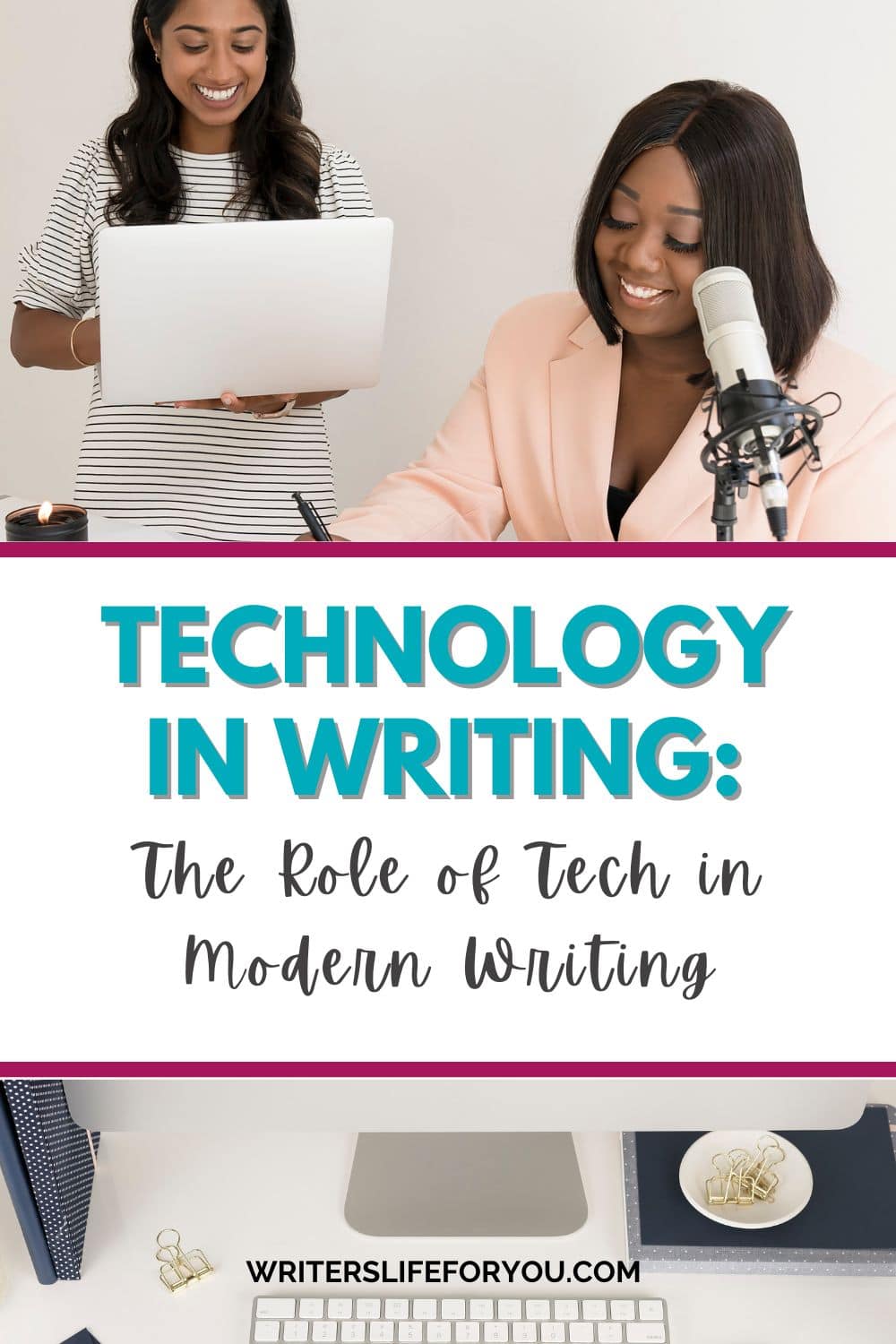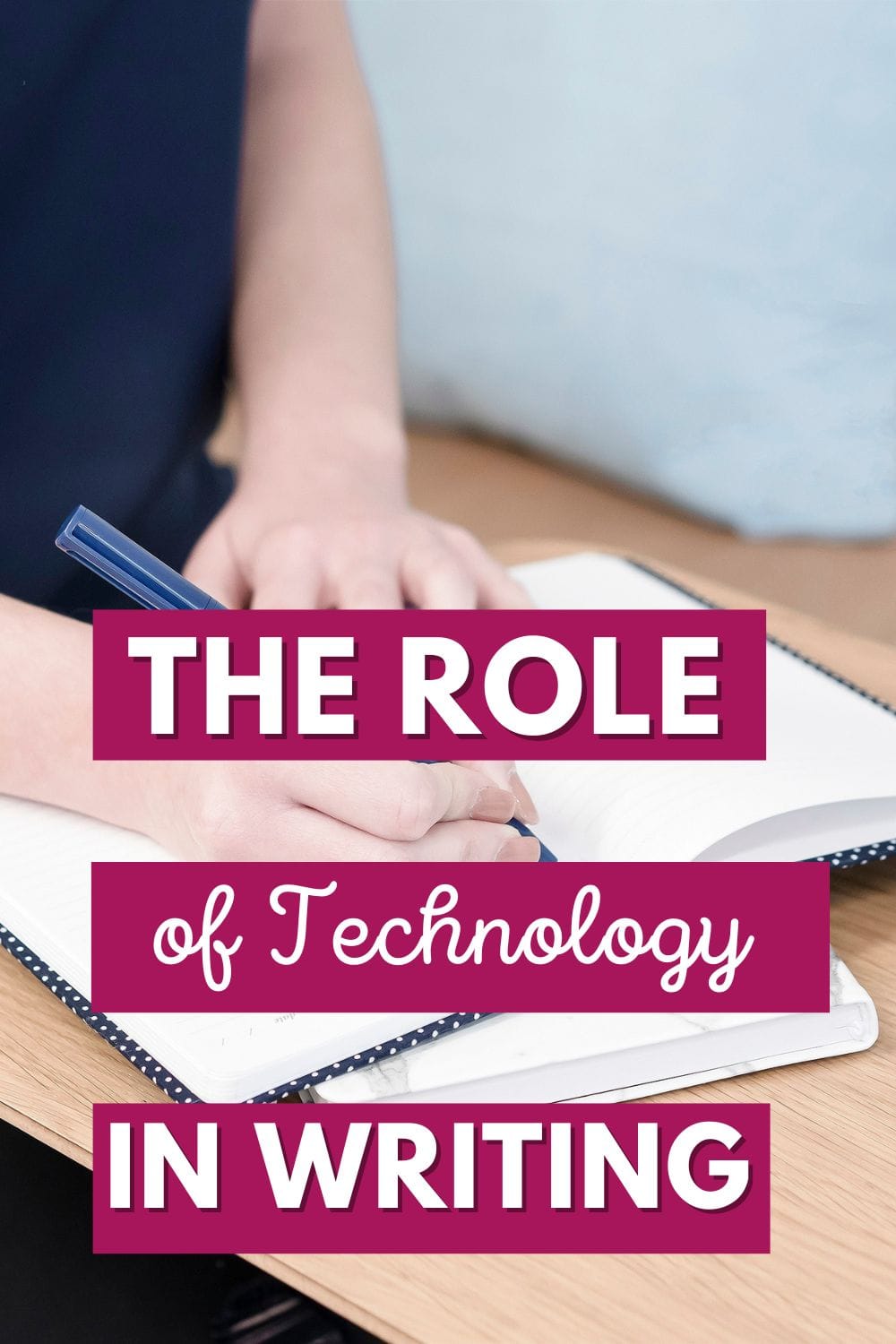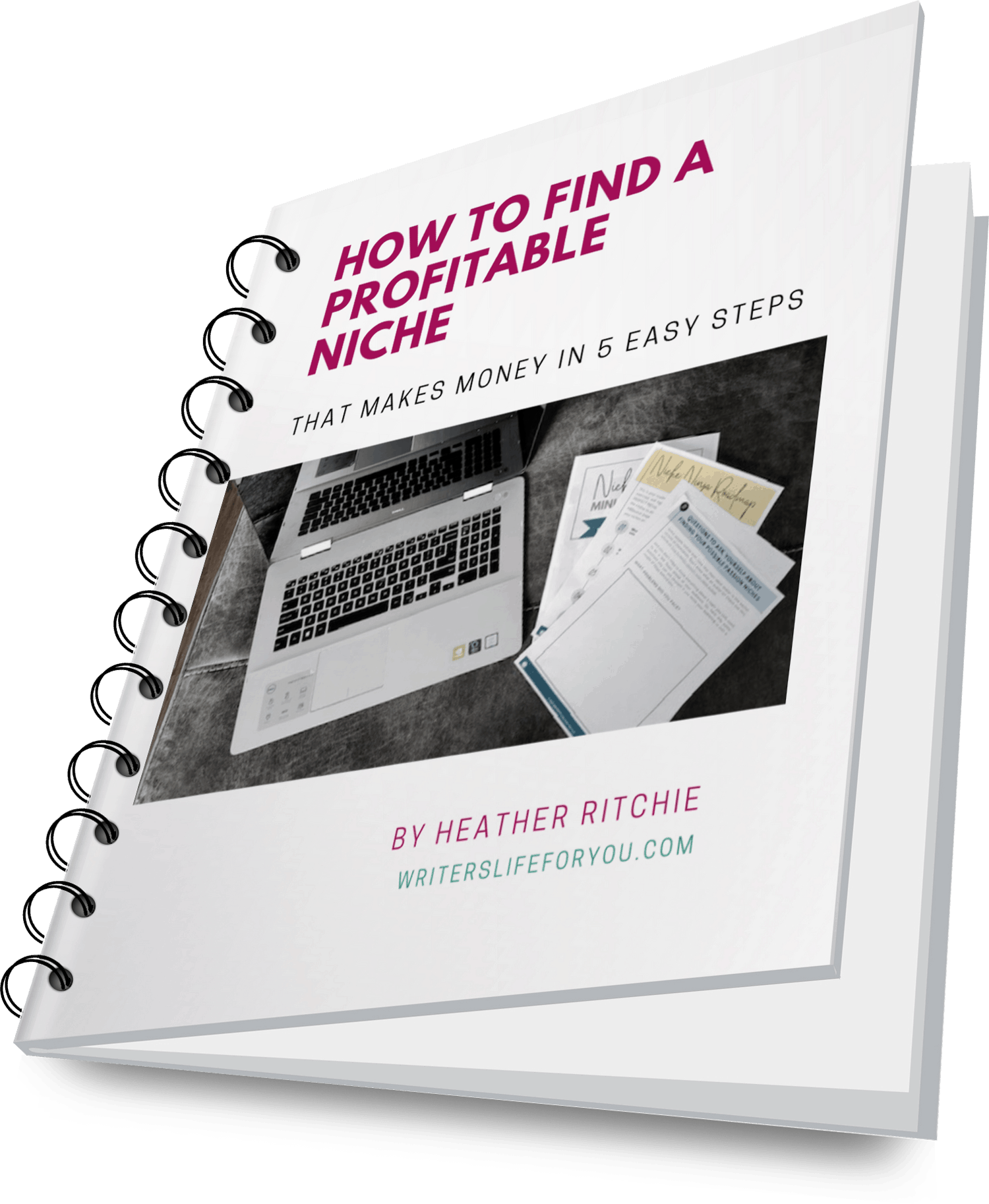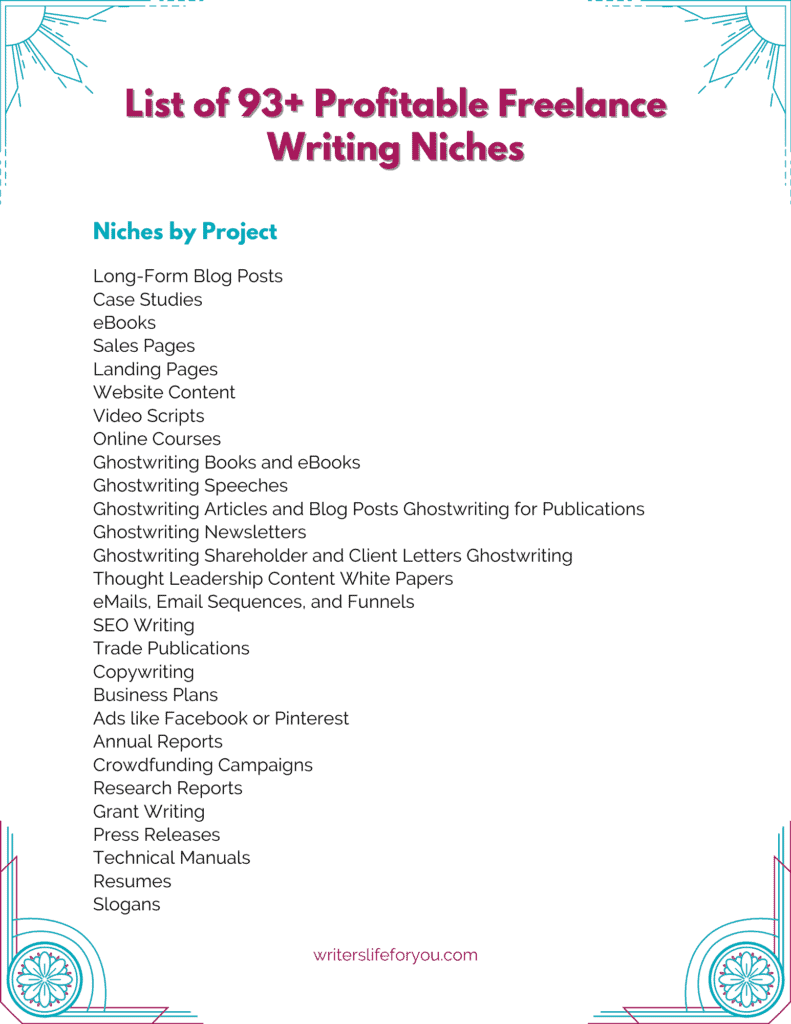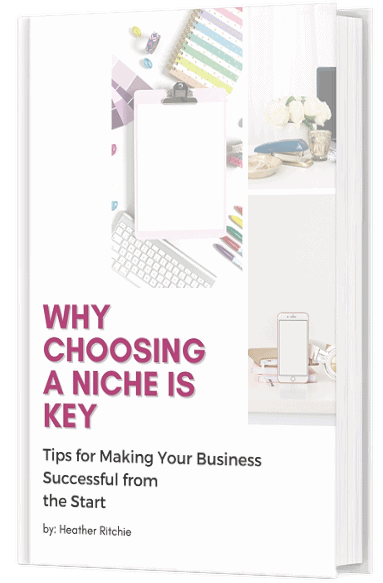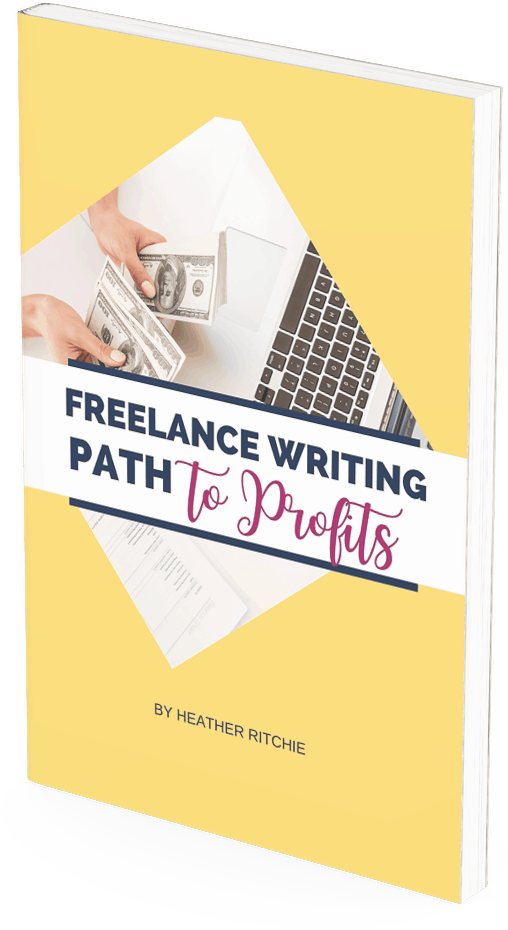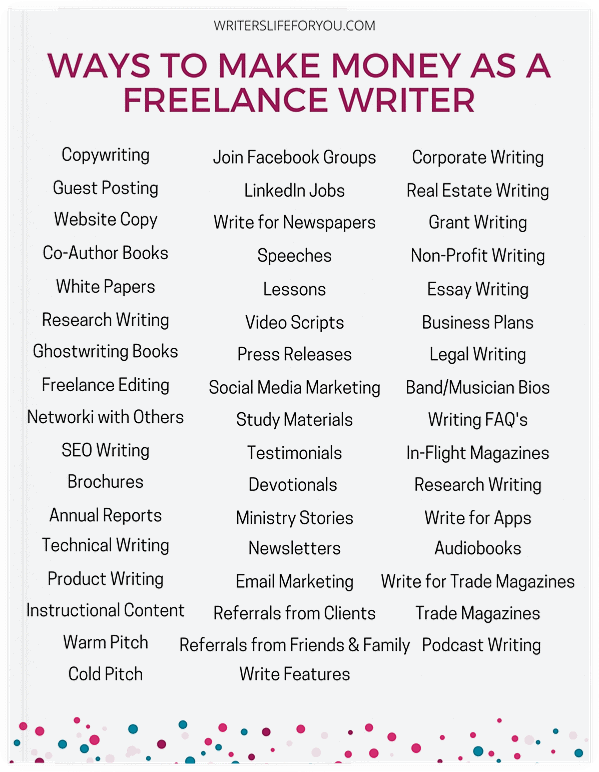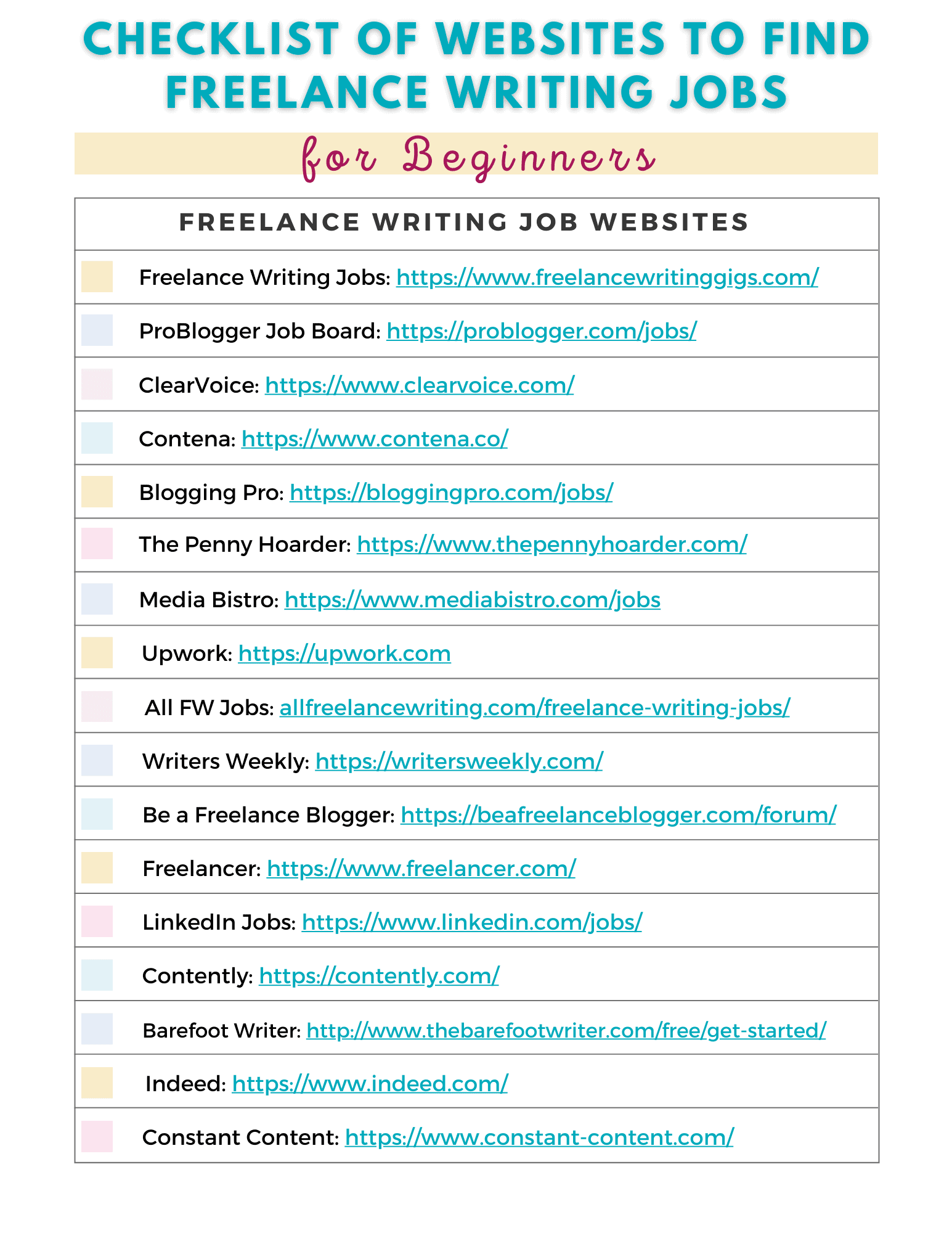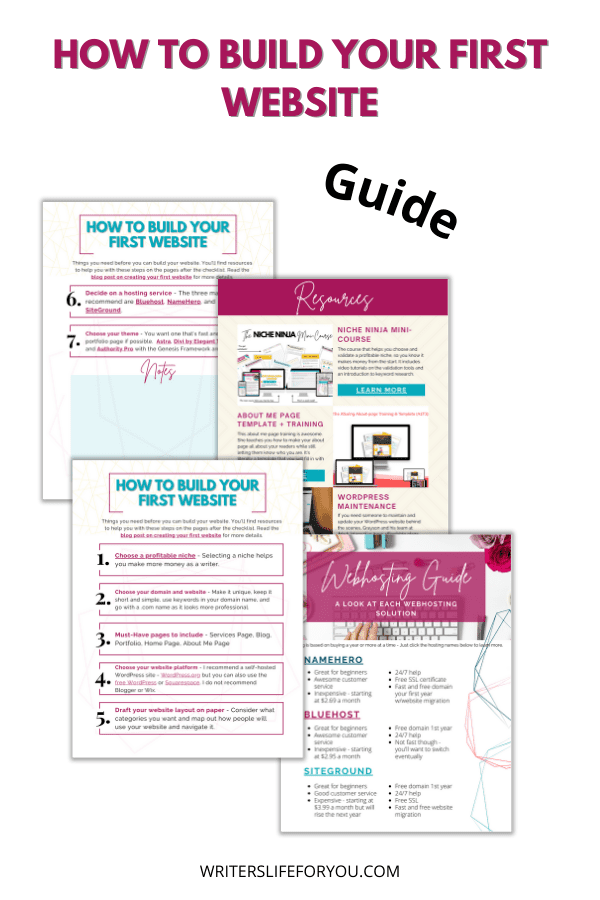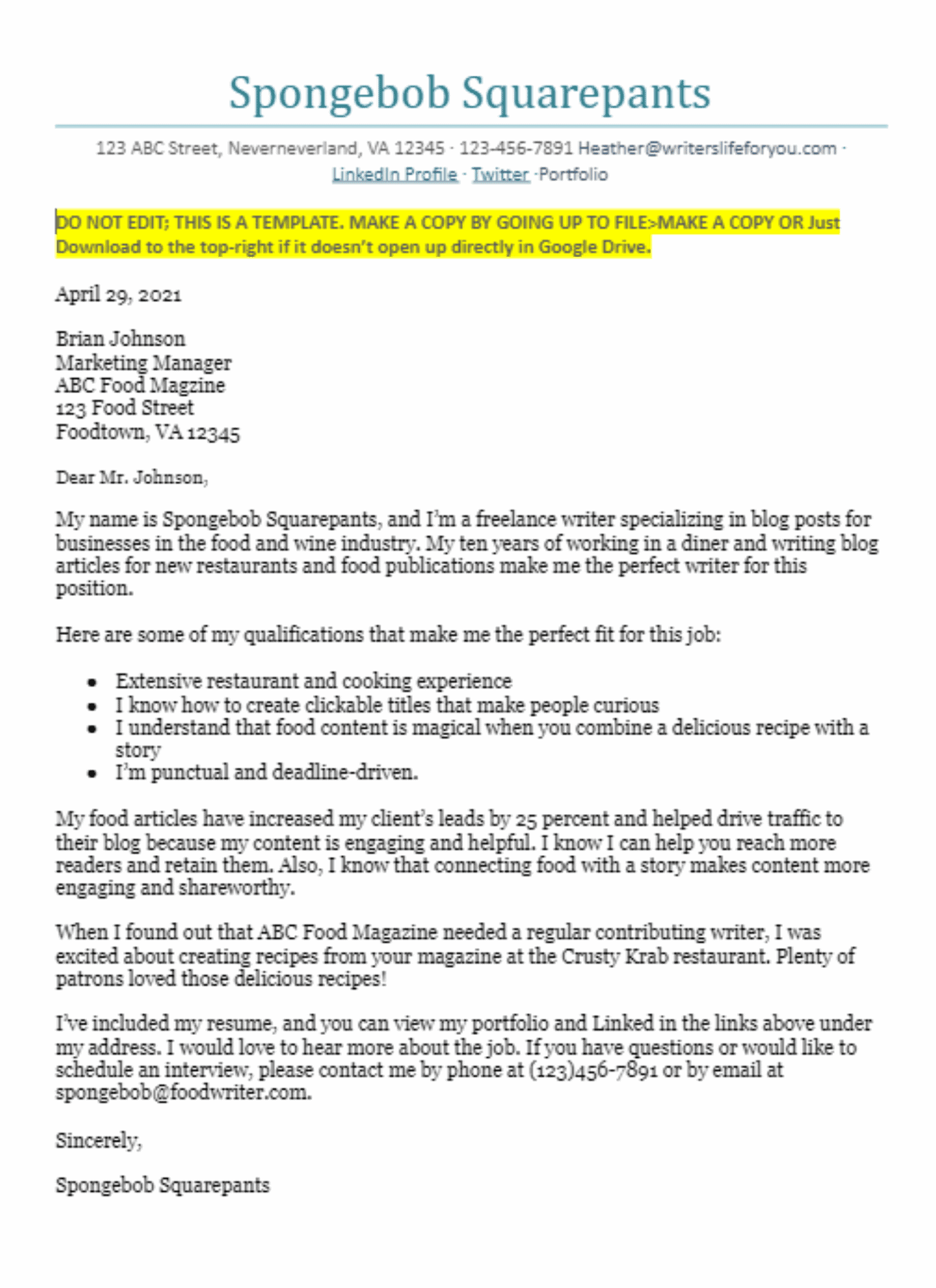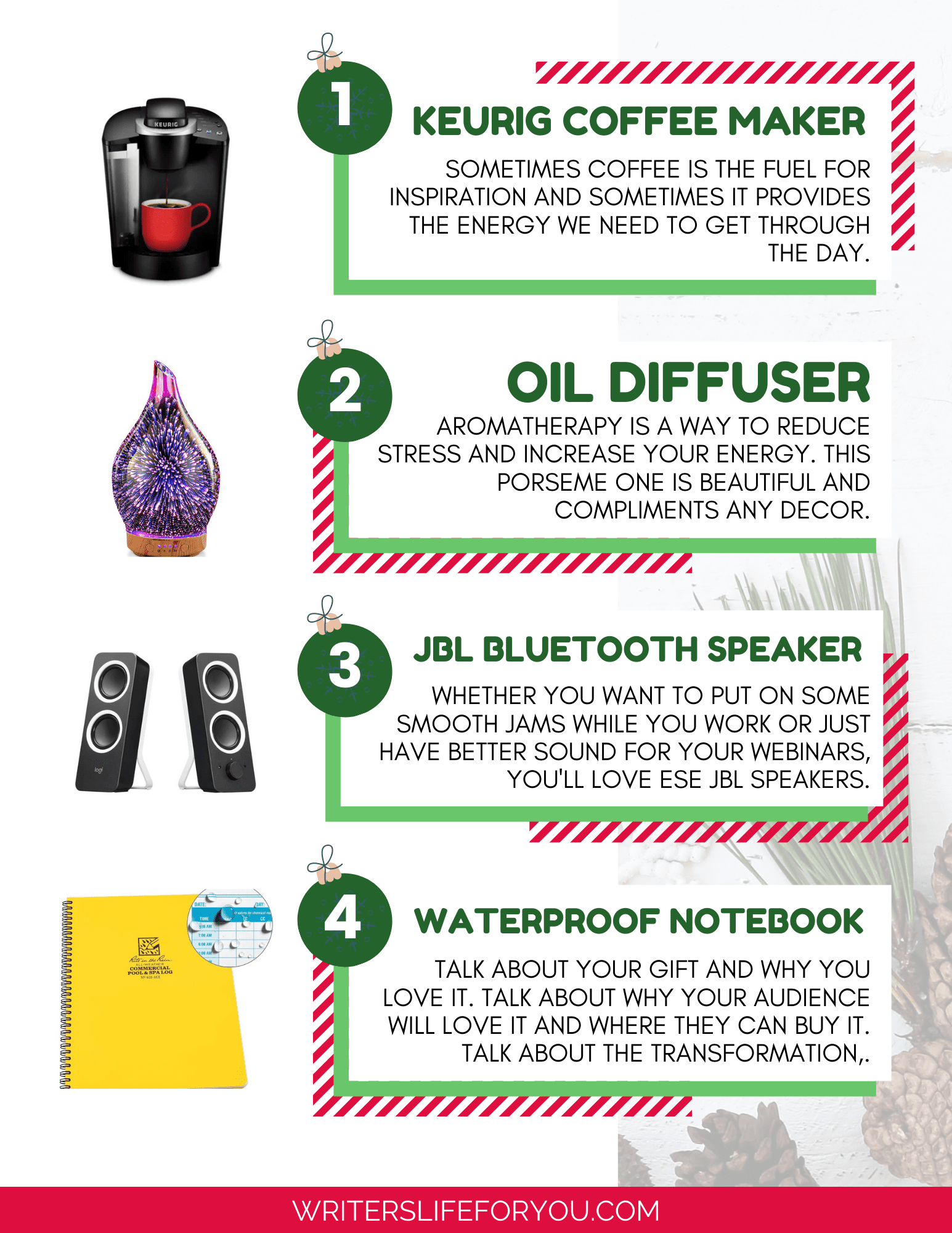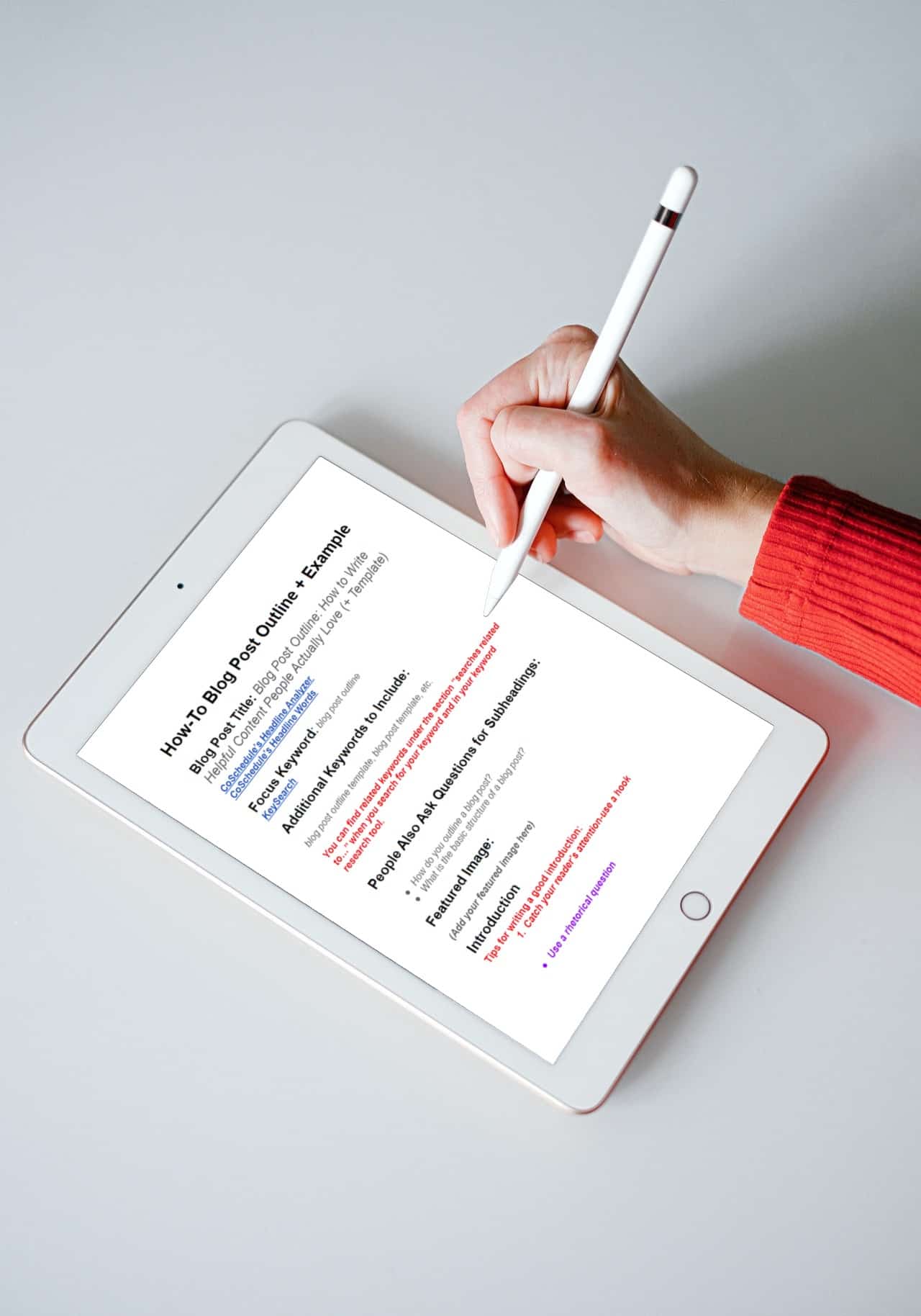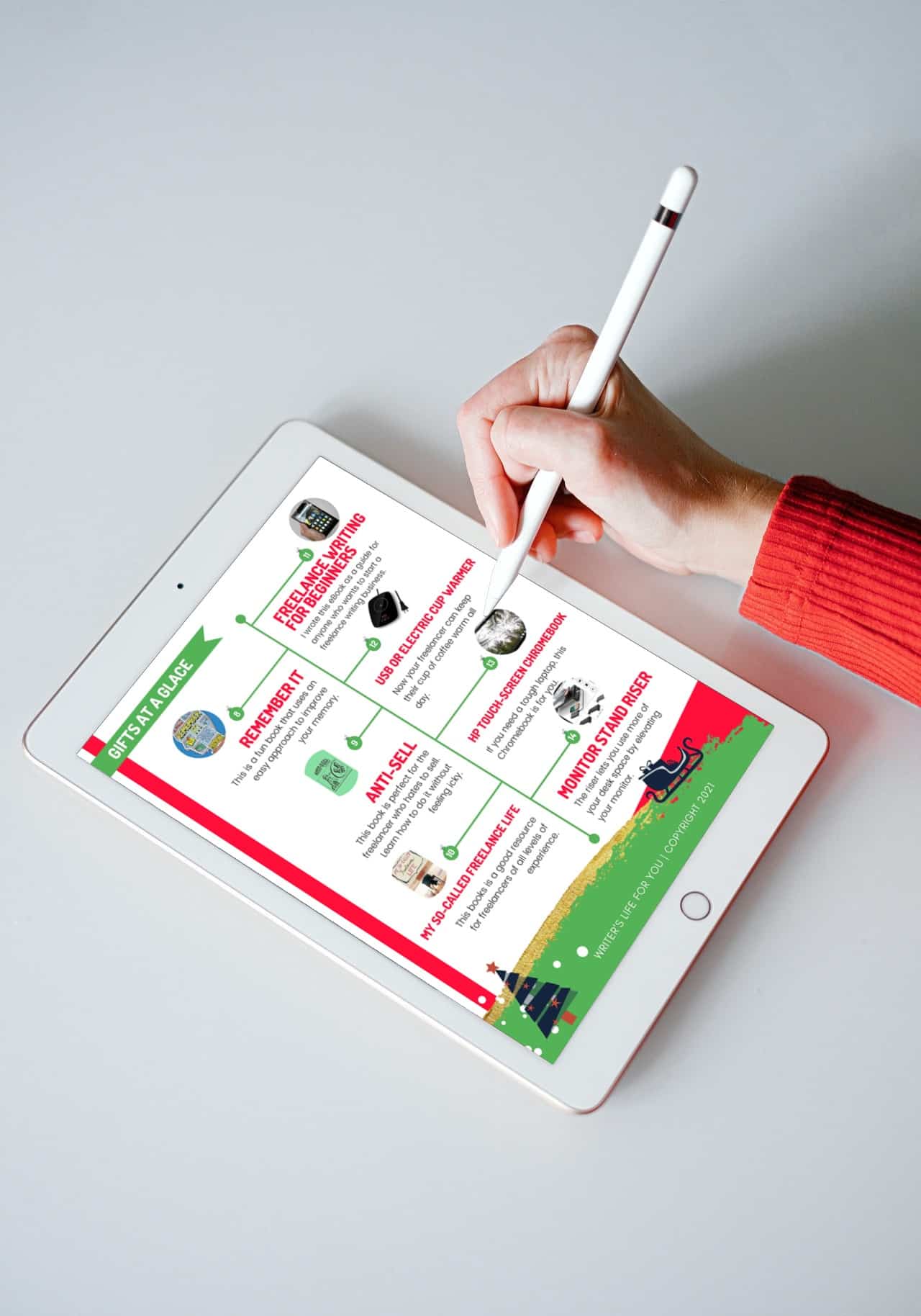Writing is, at its heart, a delicate balance between the free flow of creativity and the strict rules of structure. It’s a dance between those moments of wild inspiration and the need to shape those ideas into something coherent.
You likely have plenty of experience wrestling with this balance — scribbling drafts, revising, and revising again until your work is polished and “finished.” (But as we’ve heard from the famous quote with various attributions, art is never finished, only abandoned.)
But now, technology has swooped in, offering tools and platforms that can not only help make your writing process smoother but also enhance creativity while maintaining structure. And as technology advances, the role of technology in writing changes.
Let’s face it: modern writing is no longer just about sitting in a room with a quill and a stack of parchment, feverishly jotting down thoughts. We’ve been in the age of word processors and grammar-checking algorithms for decades, and now AI-powered writing assistants are offering us a skeletal, robotic hand.
Countless apps are on the market, designed to support every stage of the writing process. While some writers may fear that these tools aim to replace creativity — and results may vary based on the user — they also have the potential to elevate it.
Whether or not technology is diluting the “soul” of writing is up to the purists to decide, but let’s look at how technology in modern writing can strike a balance between creativity and structure, helping writers work smarter, not harder.
The New Frontier of Writing: Creativity Meets Structure
Creativity is chaotic. It doesn’t follow a schedule or adhere to rules, and it can seem to be at odds with the structural guidelines of grammar, plot, or pacing.
But structure is what allows creative ideas to become stories, articles, novels, and poems that others can enjoy. That’s not to say you can’t break the rules, but finding a balance between these two forces is key — and technology can help.
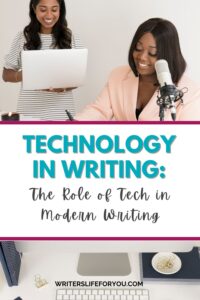
Creativity on Overdrive
Remember those sudden bursts of inspiration that used to vanish because you couldn’t get to a notebook fast enough? With apps like Evernote or Notion, you can now capture ideas instantly, whether you’re at your desk, on a train, or staring at your bedroom ceiling at 3 AM.
These tools serve as a digital notebook, letting you jot down thoughts, snippets of dialogue, or the start of that next big novel whenever inspiration strikes. The great thing about these apps is their flexibility: there’s no imposed structure when creativity flows, just a space to let your mind wander.
Now, let’s talk about the elephant in the room. In the past few years, we’ve seen a particularly disruptive addition to the writer’s toolkit: AI-powered writing assistants like ChatGPT and Marketing Magic.
These tools have rightly met with plenty of skepticism and opposition, but if used properly (as a tool to enhance creativity, not a replacement for it), they can spark creativity when you’re stuck.
Need a new plot twist? Stuck on dialogue? Can’t figure out how to start that introduction? Artificial intelligence (AI) can provide suggestions, prompts, and ideas that might just unblock that creative bottleneck.
Some writers use AI to co-write their novels, building entire worlds with a digital partner. The promise is that this enhances the writer’s voice, but it also raises serious questions about ethics and intellectual property rights.
But it will be interesting to see how the writing world adapts and learns to co-exist (and co-write) with generative AI tools in the coming years.

The Gift of Structure
But writing isn’t just about throwing ideas onto the page (or asking AI to throw them on there for you). Eventually, those ideas need structure. Technology has revolutionized the way writers approach the technical side of their craft.
Take Scrivener, for example. This app allows writers to break down their work into manageable chunks, organizing notes, drafts, and even research into a flexible but structured system.
This type of app can have obvious appeal for writers who struggle with the big picture while focusing on smaller details. Whether you’re crafting the next epic fantasy series or plotting out a detailed essay, these tools bring structure to the creative chaos, helping writers stay on track without stifling their creative spark.
Then there’s Grammarly and Hemingway Editor — tools that help ensure our creative genius isn’t muddled by clunky grammar or wordy sentences.
While the first draft might be all about letting ideas flow, the editing phase requires fitting your draft into a workable structure. These platforms can streamline that process, pointing out errors, clunky phrasing, and even tone issues.
Yes, they’re “correcting” your work, but they also help you refine it, making sure your message is as clear and powerful as possible. And, of course, you can always say no to their suggestions.
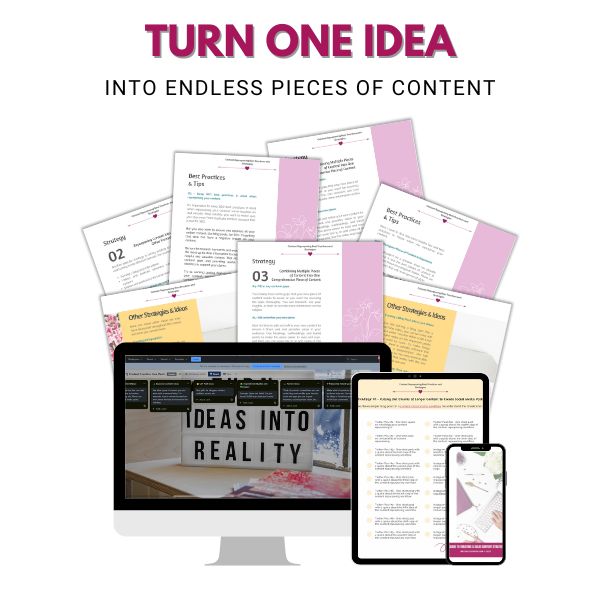
How Technology Enhances Creativity
There are two vocal schools of thought when it comes to technology and creativity, and you’ve undoubtedly heard from representatives from both sides.
One side worries that tech tools might cramp their creativity and dilute the craft while ripping off the ideas of “real” writers; others feel that technology has opened doors to new creative possibilities. Rather than limiting the process, they think technology can broaden the canvas.
Regardless of where you fall on this spectrum, here are a few ways that technology can help supercharge creativity — and that you may want to experiment with:

1. Idea Generation
Writer’s block is the arch-nemesis of creativity. But writers can easily overcome blocks with AI-powered tools like Jasper, ChatGPT, or brainstorming apps like MindMeister. These tools suggest ideas, create mind maps, and even provide writing prompts to get the creative juices flowing again.
They don’t take over the writing — they just kick-start your brain when it feels like it’s running on empty.
2. Collaboration in Real Time
Technology has transformed the way writers collaborate. Platforms like Google Docs allow for real-time collaboration, making it easy for co-authors, editors, or even beta readers to jump into a document and give feedback immediately.
It’s a bit like having your writing workshop in the cloud. And with the rise of global collaboration, writers can now get feedback from a broader pool of people, enhancing creativity by exposing them to new perspectives and ideas.
3. Multimedia Integration
Want to add a visual element to your writing? Or maybe some background music to enhance the mood of your story while you write? Tools like Canva or GarageBand allow writers to incorporate multimedia elements into their projects or set the tone musically while writing.
For bloggers or content creators, pairing words with visuals can take storytelling to a whole new level.
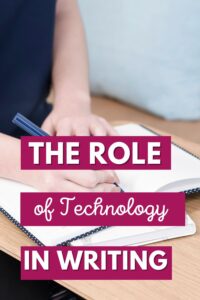
4. Experimentation Without Consequence
Remember the days of typewriters and hand-written manuscripts, where editing meant rewriting whole pages? Today, gone is the image of the writer huddled in a corner, pecking away at the typewriter or scribbling with a pen, surrounded by drifts of crumpled paper.
Instead, technology lets writers experiment freely without the fear of irreversible mistakes. Whether testing new plot twists or narrative styles, tools like Final Draft or Microsoft Word’s “track changes” let writers explore freely without consequences.
Keeping Structure in Check
Of course, while creativity needs breathing space, too much chaos can lead to disorganization. That’s where the structure-focused side of writing tech truly shines.

Outlining and Planning Tools
For those who thrive on structure, there’s no shortage of outlining tools like Plottr or The Novel Factory. These platforms allow writers to create detailed roadmaps for their work, whether it’s plotting out every scene in a novel or organizing sections of a research paper.
Instead of feeling constrained by outlines, writers can use these tools to lay down the framework, giving them more creative freedom within those boundaries.
Time Management
One of the biggest challenges writers face is managing time — and keeping their butts in the chair long enough to finish what they start. Technology offers solutions like the Pomodoro Timer and apps like Focus@Will to keep writers on task.
These tools help break down writing sessions into manageable chunks, making the process less overwhelming and ensuring that writers stay focused, even when distractions lurk around every corner (looking at you, social media).

Editing and Proofreading
Once the creative floodgates have opened and the words are down on the page, it’s time to shape those raw ideas into something coherent. Tools like AutoCrit provide invaluable assistance here.
This self-editing tool doesn’t just check for grammar mistakes in real time — it also dives deep into aspects like pacing, dialogue, and repetition.
It will identify areas that could use tightening or improvement, helping you fine-tune your work. For writers looking to polish their manuscripts to a professional level, it’s an essential tool.
Plus, their genre-specific online writing courses offer targeted training for many corners of the writing world, from fiction to creative nonfiction.
Project Management for Writers
Writing isn’t just about crafting beautiful sentences; it’s also about juggling deadlines, managing revisions, and keeping track of drafts. Enter project management tools like Trello, Asana, Airtable, or Notion, which help writers keep everything organized.
By laying out tasks and tracking progress, these tools bring much-needed structure to the often overwhelming process of writing a long-term project. From first draft to final proof, project management software ensures that nothing slips through the cracks.
The Role of AI in Balancing Creativity and Structure
We’ve touched on AI’s role in modern writing, but this topic deserves its own section for further exploration. As we’ve said, AI is controversial for writers — some love it, some hate it, and others are just trying to figure out what it all means.
But we’ll reiterate what we said earlier: when used wisely, AI tools can help writers balance creativity and structure.
AI writing assistants like ChatGPT, Sudowrite, or Writesonic can provide everything from suggestions for story arcs to fine-tuning grammar.
While these tools won’t write your novel for you (nor should they), they can serve as invaluable creative collaborators, offering suggestions, prompting ideas, or even giving you feedback on structure and tone.
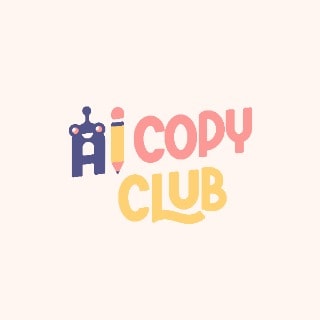
Where AI Shines for Creativity
- Prompt generation: AI can suggest writing prompts or brainstorm ideas when you’re stuck. Whether it’s plot suggestions, character ideas, or creative directions, AI tools can act as that extra brain power when you’re running low on inspiration.
- Exploration of style: AI can mimic different writing styles, allowing writers to experiment with new voices or tones without committing to long-form writing. It’s a way to test out creative directions before diving in fully.
Where AI Helps Structure
- Grammar and syntax: AI-powered tools offer real-time grammar and syntax suggestions, ensuring that the structure isn’t completely lost even during creative surges.
- Tone and clarity checks: AI tools can analyze the overall tone of a piece and offer suggestions for improvement. Whether you’re aiming for a more formal tone in an essay or a conversational style in a blog, these tools help you stay consistent without sacrificing creativity.

The Human Element: Why Writers Still Matter
Despite the arsenal of powerful writing tools that are out there, technology is a tool, not a replacement for the human mind—creativity springs from the hearts and minds of writers, not from algorithms.
While technology enhances and supports the writing process, it’s the writer who infuses their work with emotion, nuance, and meaning.
So, while we can use AI to suggest plot twists or word choices, the writer accepts or rejects those suggestions.
We can use tools to organize a novel’s structure, but only the writer can breathe life into characters and stories. In other words, technology gives us the tools, but the craft of writing is still a deeply human experience.
Final Thoughts on Embracing the Balance
Balancing creativity and structure has always been a challenge for writers, but as writing tools become more and more advanced, that balance is easier to achieve than ever before.
From brainstorming apps and AI writing assistants to grammar tools and project management platforms, technology can enhance the writing process without stifling creativity.
Today, Writers have more freedom to explore their creative ideas and more support in shaping them into structured, cohesive works.
Whether you’re a screenwriter, novelist, blogger, or book blogger, there’s a tool out there to help you bring your creative vision to life while ensuring that your work is polished, professional, and engaging.
However, while tech may help you organize, edit, brainstorm, and refine, never forget that the heart of writing is still you — your thoughts, ideas, and unique voice. Technology may be a powerful ally, but it’s the writer who ultimately brings the story to life.
Related Posts to the Role of Technology in Modern Writing
If you loved this article, here are some more with insights into how technology can assist writers and help balance creativity and structure.
55 Awesome Blogging Tools for Beginners That Make Blogging Easy
Content Calendar Trello: How This Tech Tool Can Help You Schedule Your Writing
17 Best Gadgets for Writers — Software, Gadgets, and Amenities to Get the Creativity Flowing
The Ultimate Guide to Time Management for Freelancers With a List of Creativity Tools
Earn Money Online By Typing: The 17 Best Websites to Help Writers Get Paid for Their Creativity
Gift Ideas for New Business Owners: Amazing Gifts (Techy and Otherwise) for Writers and Other Entrepreneurs
Top 20+ Best Gifts for Content Creators That Will Make Their Day
Integrating technology into your writing life can make you more creative and productive.
